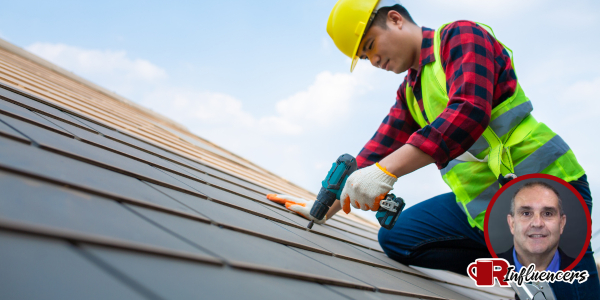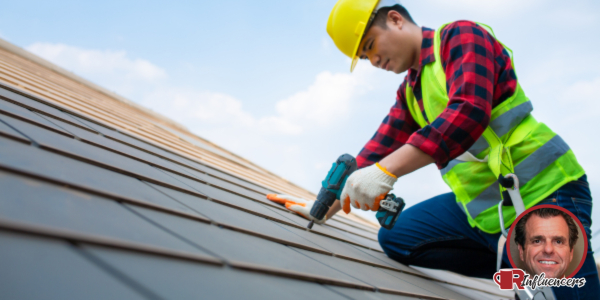Elevating safety: Essential fall protection training for roofing contractors

RCS Influencer John Kenney says a comprehensive and continuously updated training program is the best defense against the dangers of falls in the roofing industry.
Ensuring the safety of roofing contractors is paramount, especially when it comes to fall protection. Falls are among the most common causes of serious work-related injuries and deaths in the roofing industry. As such, implementing a robust fall protection training program is not just a regulatory requirement but a critical component in safeguarding the welfare of workers. This comprehensive guide outlines best practices for effective fall protection training for roofing contractors.
Regular and comprehensive training sessions
Fall protection training should be an ongoing process, not a one-time event. Initial training should occur during onboarding and regular refresher courses should be scheduled at least annually or whenever changes in equipment, regulations or working conditions occur. These sessions should cover all aspects of fall protection, including the correct use of personal protective equipment (PPE), the identification of fall hazards and the implementation of control measures.
Hands-on demonstrations
Theoretical knowledge must be complemented with practical demonstrations. This hands-on approach helps workers understand the tangible aspects of fall protection. Demonstrations should include properly wearing and adjusting harnesses, securing lanyards and lifelines and inspecting and maintaining equipment. Providing real-world scenarios can also help workers better understand the application of their training in the environments they will be working in.
Continuous on-site supervision
Supervision is key to enforcing fall protection protocols. Experienced supervisors should be present on-site to monitor compliance with safety measures. They can provide immediate feedback and corrective guidance when unsafe behaviors are observed. Supervisors also play a crucial role in fostering a safety culture by leading by example and demonstrating a commitment to safety standards.
Regular equipment inspections
The integrity of fall protection equipment is vital. All gear, including harnesses, lanyards, anchors and connectors, should be inspected before each use. Any equipment showing signs of wear, damage or deterioration must be removed from service immediately and replaced. Regular training sessions should include how to perform these inspections so that all team members can assess their equipment.
Emergency response drills
Being prepared for a fall incident involves more than preventing falls. Workers should be trained in emergency response procedures in case a fall occurs. This includes knowing how to alert emergency services properly, use rescue equipment and provide first aid. Regular drills ensure workers are familiar with emergency protocols and can react quickly and effectively in a real crisis.
Encouraging communication and feedback
Effective training programs are iterative processes that evolve based on worker feedback and technological advancements in safety equipment. Encouraging open communication allows workers to share their insights and concerns about current fall protection measures. This feedback can be invaluable in refining training programs and developing new strategies to enhance safety.
Legal and regulatory compliance
Understanding and adhering to Occupational Safety and Health Administration (OSHA) regulations and other relevant safety standards is crucial. Training sessions should include comprehensive overviews of these regulations to ensure employers and employees understand their legal obligations regarding fall protection.
Incorporation of technology
Advancements in technology, such as mobile apps for safety training and virtual reality (VR) simulations, can enhance traditional training methods. These tools can provide interactive and engaging ways for workers to learn about fall protection. They can be particularly effective in illustrating complex scenarios that are difficult to replicate in real life.
Cultivating a culture of safety
Ultimately, fall protection training effectiveness depends on creating a safety-first culture within the organization. This culture is built on a foundation of regular training, adherence to best practices and a shared commitment to safety at all levels of the organization.
Proper training around fall protection is critical to minimizing the risks associated with working at heights. By implementing these best practices, roofing contractors can ensure compliance with safety regulations and the well-being of their workers. A comprehensive and continuously updated training program is the best defense against the dangers of falls in the roofing industry.
John Kenney is the CEO of Cotney Consulting Group. See his full bio here.





-2025-xtv-mls-tour-2.png)
















Comments
Leave a Reply
Have an account? Login to leave a comment!
Sign In